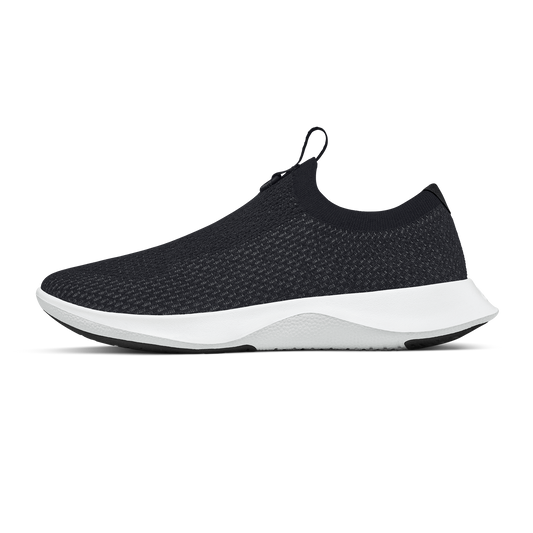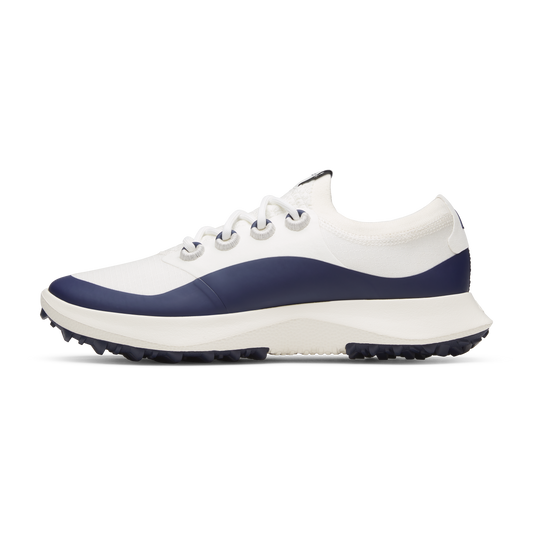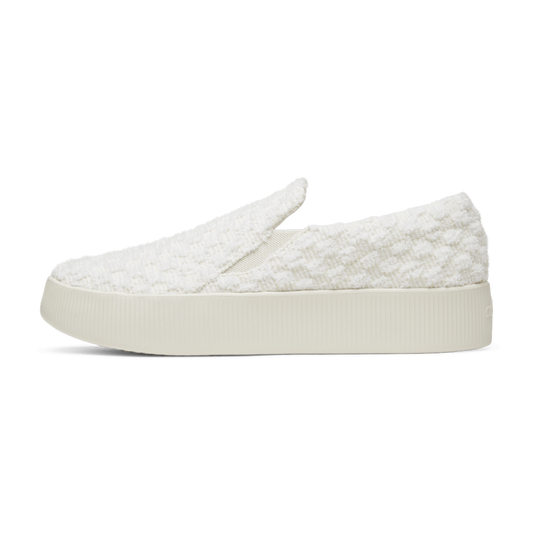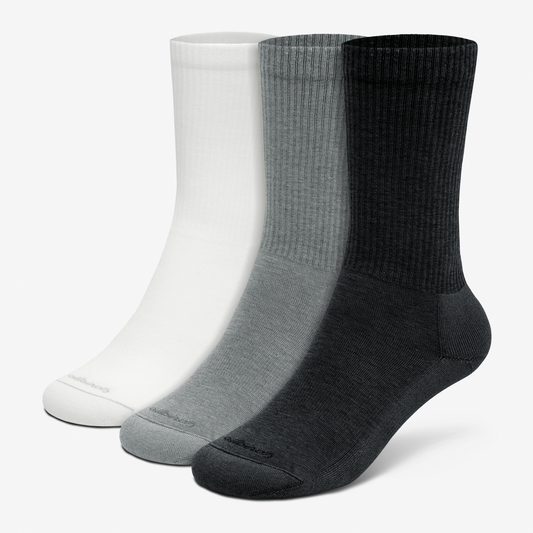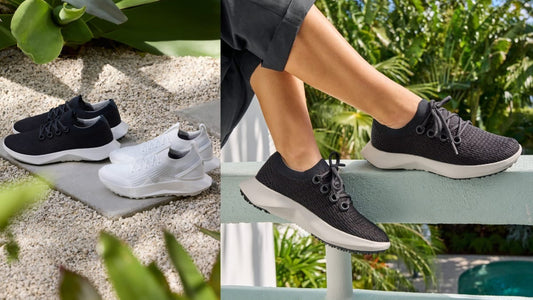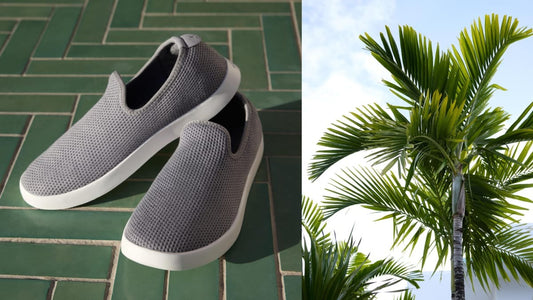Running is one of the simplest and oldest forms of exercise, but that doesn’t mean it's easy to master.
The truth is, running is just like any other fitness routine—you have to start somewhere. Like most new endeavors, getting started can often be the hardest part because you don’t know what to expect. Don’t worry, we have some simple tips that can help.
With that said, here are ten tips for beginner runners that will help ensure you start off on the right foot with your new running routine.
1. Set an achievable goal
This may go against the motivational poster in your third-grade classroom, but you really can aim too high (with your initial running goal, that is). Even if your primary goal is along the lines of winning the Boston Marathon, you want to start with something you can truly accomplish.
Set a goal you can feasibly conquer in a few weeks, such as running for five minutes without stopping, alternating walking and running on your next outing, or just extending your current route little by little.
2. Keep a running log
Few things are better than seeing tangible evidence of your own progress with a physical activity—from how many squats you can do in a row to how many tacos you can eat in one sitting.
A running log is the best way to track your progress with running. This can be in any form you want, but unless you’re the type to write things down in a spiral notebook the moment you’re done running, we suggest trying out any of the dozens of running apps out there. They can handle all of that data for you—so you can towel off and stretch at the end of the run instead.
3. Run on softer ground
Running is certainly not on the list of low-impact workouts. Plenty of beginning runners need time for their joints and muscles to acclimate to the impact of running, especially if they intend on covering some sizable distances. One of the best ways to achieve this is by running on softer surfaces—ideally on short grass, dirt trails, or latex/polyurethane school running tracks. Speaking of, we recommend getting the proper gear for running non-pavement surfaces, such as our Trail Runners SWT.
4. Drink enough water
Staying hydrated is a must. Try to drink a little over two cups of water with a small snack about two hours before you head out, and then drink another cup right before you start. And don’t forget to rehydrate with that same amount after your run.
If you’re running a long distance, or if the weather is on the warmer side, bring a small water bottle along and take small drinks as you go. (But don’t chug, or else you’ll feel full and, well, sloshy, as you run.)
5. Find safe, traffic-free routes
No runner wants to worry about avoiding cars, potholes, construction, and all the other annoyances that can get in a person’s way. These obstacles (and often dangers) can derail your run and cause you to break stride, messing up your flow in the process.
Plan out routes that are sure to have the fewest issues possible so you can focus on your running instead of dodging obstacles like you’re the main character in Frogger (or Crossy Road, for the younger folks who didn’t frequent arcades in the 80s). Read more tips for staying safe running on the road.
6. Run at the time of day that best suits you
Everyone’s schedules are different, and everyone’s preferences are different. While some may prefer running in the morning before work, others may favor clearing their head of all the spreadsheets and emails from the workday by running right when they get home or turn off their computer. It’s really about whatever works for you.
Try new running times if needed. If you’re running before work but find yourself dragging midday, try moving your run to lunchtime or after work.
Give yourself all of the best chances at having great runs and sticking with them. If that means running at 5:30 am with a headlamp or running on the treadmill over your lunch break, lace up your running shoes and seize that time.
7. Don’t worry about how far you go at first
It’s tempting to equate your progress with how far of a distance you can run, but this is not the ultimate metric, especially when starting out.
Focus on how long you can run steadily before slowing down, walking, or stopping running altogether. Your average pace matters a lot more than how long you can run at fluctuating speeds.
8. Don't start by running every single day
Here’s something that applies to a lot of new workout routines, running included: don’t kick things off by doing it every single day, even more so if you haven’t run in years or haven’t engaged in any sort of meaningful and consistent physical activity.
Attempting to run every single day and beat your body into submission will not help your case—this is not late summer football practice in the 1970s. If you insist on getting out there and doing at least something daily, consider throwing in a few walking days between your running days. But also remember that it’s a good idea to give your body a break regularly so it has time to fully recover and come back even better the next time.
9. It’s totally okay to slow down
Running fast is a great feeling. Just ask Usain Bolt, noted runner of enjoyably fast speeds. Still, it’s okay to slow down sometimes, just like Usain Bolt does just after finishing a race (see? You’re literally just like him).
We are not record-setting Olympians. Don’t convince yourself that you have to keep a fast pace throughout your entire run. Slow down when you feel things are getting difficult, especially when running up a hill. Even if you’re running at a slower speed up an incline, you’re still likely exerting the same amount of energy—you know, physics and all that. Not ready to start your running routine, creating a walking habit can be just as rewarding.
10. Find the best running shoes for you
The right running shoes can make a massive difference in everything from your performance to your physical well-being. Allbirds running shoes not only provide ideal levels of comfort, stability, breathability, and grip, but they’re also sustainable and made from renewable materials—a combination few thought was possible until we made it so.
And while you’re here, go ahead and take a look at our full line of running shoes and apparel. We’re sure you’ll find a pair that will help kickstart your new running routine and make it successful over the long term. Good luck!

